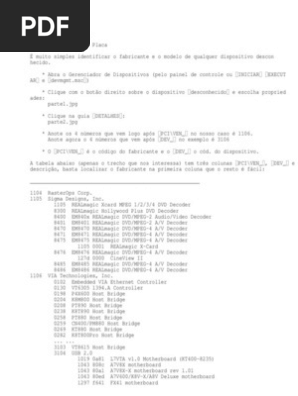Do you develop the spatial light modulator system and the LCOS chip itself in-house?
Yes, the whole system including the CMOS Backplane and optical thin film is designed and manufactured in-house by Hamamatsu. This means that the LCOS-SLM is individually optimized to the read out laser and the specific application.


Can you offer custom SLMs and SLMs not mentioned on the website?
As mentioned above, all parts of the LCOS are designed and manufactured in-house at the Hamamatsu factory meaning that there is a higher degree of flexibility with regard to providing customized SLMs. Please contact us with your exact requirement and we’ll see what we can do.
HAMAMATSU PHOTONICS K.K. Manufactures electron tubes, semiconductors, and image processors. The Company's products include photosensitive electronic tubes, optical/image sensors, X-ray related. Hamamatsu Photonics K.K. (浜松ホトニクス株式会社, Hamamatsu Hotonikusu Kabushiki-gaisha) is a Japanese manufacturer of optical sensors (including photomultiplier tubes), electric light sources, and other optical devices and their applied instruments for scientific, technical and medical use.
Does the user have to make measurements for correcting the device flatness and phase response?
No, all X10468 LCOS systems are delivered with a linear phase response and an individual flatness correction image is provided.
Do your SLMs show enhanced phase fluctuations/flickering?
We use special carefully designed control electronics to electrically drive the LCOS chip. Consequently, the phase fluctuations and flickering are negligible. Please contact us for further details.
What is the efficiency of the LCOS-SLM?
The total efficiency (the light utilization efficiency) is related to the reflectivity multiplied by the diffraction efficiency of the device. The reflectivity is determined by the “mirror” characteristics which is either an aluminum mirror or the highly reflective dielectric mirror with up to 95% reflectivity. Also the pixel fill factor is relevant to minimize diffraction losses due to the pixel structure (the higher the better). The diffraction efficiency correlates with the square of the pixel fill factor and is dependent on several factors of the SLM design like pixel size, fill factor and LC material.
Is there a special interface needed to control the LCOS-SLM?
No, all you need to use is a standard graphics card with a DVI output. Ideally a card with 2 ports to have the control on a monitor and the SLM on the 2nd port.
What is the laser damage threshold?
It depends if you use the X10468 versions with an aluminum mirror (e.g. the -01) or the versions with the dielectric mirror. The latter can withstand much higher cw and pulsed laser powers. We tested several lasers and you can find the results in the Technical Notes. If your special laser parameters are not listed then please contact us as we will be happy to help and want to ensure you use the SLM safely.
Hamamatsu Photonics K.k Sound Cards Download
What wavelengths do your LCOS-SLMs operate at?
We have a range of SLMs that cover the wavelengths between 355 nm and 1550 nm.
What kind of SLMs do you manufacture?
Our SLMs use parallel aligned, nematic Liquid Crystals and use a CMOS backplane for the addressing. They are reflective devices.
Do you offer loan units? What are the costs for the loan?
Yes, we can provide you with a loan unit. You can then use the SLM in your lab and test its performance directly within your setup. Please contact us to discuss your experiment and to arrange the loan period. The loan unit is offered free of charge, however upon completion of the loan we kindly ask you to return the SLM to your local office along with any findings you may have found during the loan period.
Have you got a price list for the SLMs?
As mentioned previously, the SLMs are individually optimized for the user’s application and readout laser so please contact us to determine which SLM will be optimal for your application and we’ll provide quotations straight away.
Hamamatsu Photonics K.k Sound Cards Pdf
What is the delivery time of the SLMs?
The standard delivery time will depend on the manufacturing cycle. The typical lead time is 6-8 weeks from receipt of order though sometimes deliveries can be shorter than this and as mentioned before we do hold some SLMs in loan stock should something is urgently required.
Hamamatsu Photonics K.k Sound Cards Free
What is your standard warranty?
The standard warranty is 12 months from receipt of product.
Hamamatsu Photonics K.k Sound Cards Review
HCImage
|
|
LabVIEW™ |
|
MATLAB® |
|
HoKaWo |
|
HiPic |
|
HiPic/Spectro |
|
HPD-TA |
|
| Additional software options are available visit our global site, www.hamamatsu.com to learn more. | |
